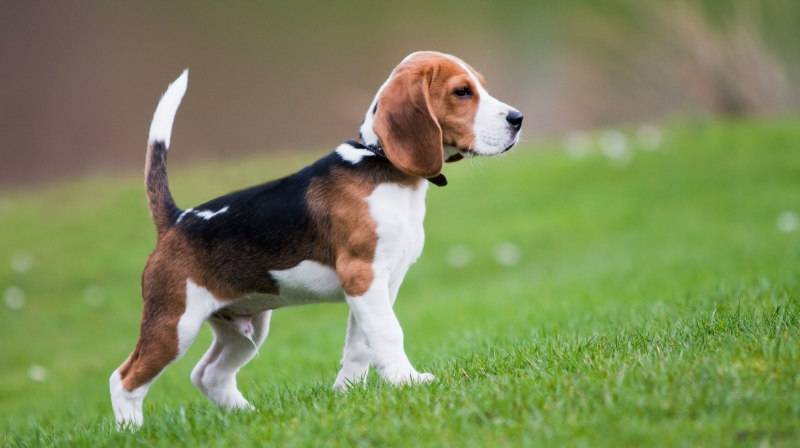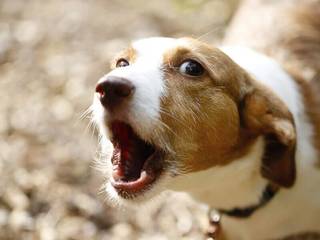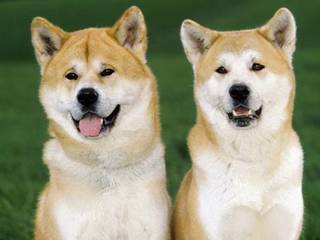For thousands of years, dogs have always accompanied a man. Under the man's influence, dogs managed to get through a difficult path of development. They become sweet and affectionate pets from wild ferocious predators. Over the centuries, from day to day more and more new breeds were bred as a result of human activity. More than 400 breeds of dog exist today. There are breeds of dog that are designed to perform specific tasks and goals.
One of such specialized species are hunting dogs, the oldest and most common group of dogs. Do not be surprised, because hunt is one of the first manifestations of the dog and human collaboration. Today, it is one of the best ways to discard the everyday worries and plunge into the harsh nature of the romance.
Varieties of hunting dogs
Due to various and sometimes exotic hunting conditions, there are so many respective subgroups of dogs today. Due to the peculiarities of foxhunting, there are various species of burrowing dogs, of small size, but strong, able to successfully complete the hunt in a hole; the appearance of firearms has led to the emergence of a sporting dog breeds that can approach the birds at a shot distance.
There are different groups and subgroups of hunting breeds of dog, the most common of which are considered Laikas, greyhounds, beagles, gun dogs and burrowing dogs. Each group doffers by the exterior, hunting habits, with which it can be easily distinguished between a representative of one or other subgroup.
Laikas
One of the oldest varieties of dogs of hunting breeds. Due to the innate instincts of these dogs are able to hunt with a minimum of training, and the natural distrust of the stranger will help it to become a true guard. Laikas hunt bears, all kinds of fur game (squirrels, martens, sables, etc.), elk, wild boar, deer, roe deer and other hoofed animals, waterfowl and forest game birds. Laika's "specialization" depends on the preferences of its owner. There are several dozens of Laika breeds, the most popular of which are the representatives of:
- - West Siberian,
- - Russian-European,
- - East Siberian,
- - Karelian Laika
Hunting Laika, due to its exceptional devotion to master-hunter, will protect him until the end from the attacks of an angry bear, and thanks to the amazing sense of smell, excellent hearing and sharp eyesight, Laika will become an indispensable helper on the hunt.
Greyhounds
The purpose of this sub-group of dogs is to chase and catch the beast. Representatives of this sub-group of dogs are characterized by high endurance, high-speed racing that is best suited for hunting in open terrain. Thanks to greyhounds, many hunters go on hunt without a gun. With hounds, hunters hunt mostly wolf, hare, fox and ungulates. Long and strong legs help them to easily catch up a nimble beast, and elongated skull of greyhounds provides an opportunity for a wide field of view that is the hallmark of this group of breeds of dog. They are divided into subgroups by the exterior. A distinctive feature of such breeds as Afghan hounds, Russian Borzoi and Saluki is long silky hair (the so-called representatives of longhaired breeds). Sight hounds, the Sloughi and greyhounds, on the contrary, are characterized by short wavy hair (shorthaired breeds), and Irish Wolfhounds and Deerhound are characterized by short harsh hair (wire-haired).
Hounds
A group of breed, with more than 50 representatives whose main task is to find the trail, and pursue a beast. This dog is able to run large distances, finding and sorting out the traces of the beast. Having an exceptional mind, the dog periodically barks, attracting the attention of the owner. The only representative able to hunt in a pack. Such breeds as Russian piebald hound, Bloodhounds, Drever or Estonian hounds, specialize in the driven hunt and Bavarian hounds, Hannover or the Alpine Dachsbracke are used for hunting on a blood trail.
Gun dogs
Dogs breed with the appearance of firearms, are specially bred for waterfowl and forest game hunting. These include such subgroups as pointing dogs and retrievers. The pointing dog's work includes several elements: search for birds, stand, and lift the bird on the wing. At the beginning, the dog must carry out a quick search of a lurking bird without stops and delays, using the upper nose. The dog freezes in the eloquent stand a moment before frightens the bird. After the hunter's command, the dog raises a bird on the wing with a precise move.
A stand is a distinctive feature of all pointing breeds. Each breed, having the same instinctive actions, which is the feature of this group of dogs, has an individual working style and pace of implementation. Pointers, setters, Kurzhaar or the German shorthair pointer, spaniels, and German wirehaired pointers - these are typical representatives of the subgroup of pointing dog breeds. The category of retrievers also specialize in catching out of the water a wounded game. These include Labradors, spaniels and retrievers directly.
Burrowing dogs
As the name implies, the main task for the breeds of this group is to work in a burrow. These are such subgroups as dachshunds, spaniels and terriers. Terriers are one of the main burrowing dog's subgroups, considered one of the most common English breeds of dogs in Europe. Tireless, fearless, energetic little dogs were obtained by careful selection. Currently, there are more than 30 breeds of terriers. Mainly medium-sized breeds of dogs are used in hunt: fox terriers, welsh terriers, Scottish terriers and Hunt Terriers. Small breeds are mainly representatives of lap breeds of dog, and large are the so-called working dogs (Airedale terriers).






